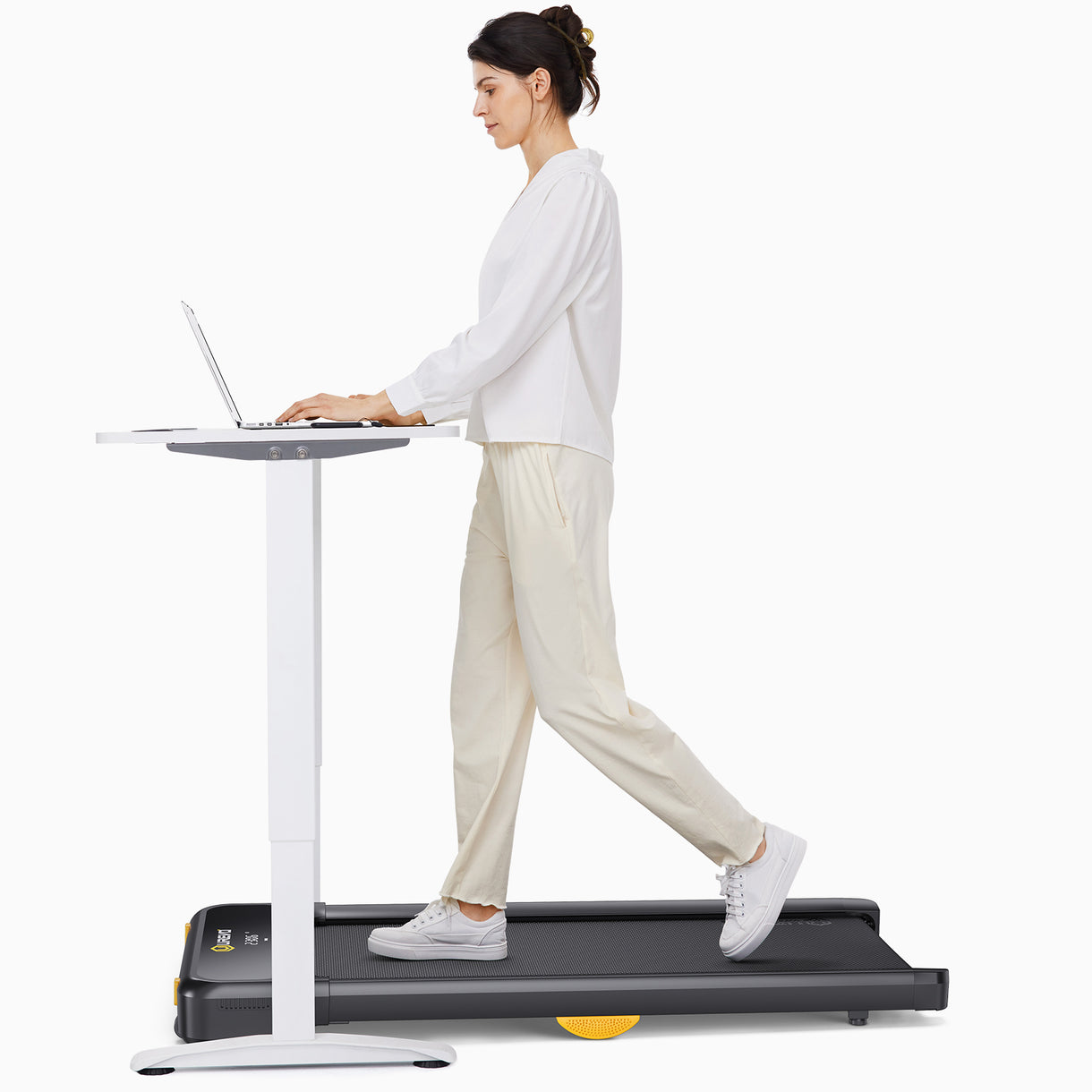Walking pads, also known as treadmill desks or walking workstations, have gained popularity in recent years due to their numerous benefits for individuals who spend long hours sitting at their desks. Incorporating a walking pad into the workplace can revolutionize the traditional sedentary office environment, promoting better health, increased productivity, and overall well-being.
Enhanced Physical Health
One of the primary advantages of using a walking pad in the workplace is the improvement in physical health it offers. Instead of remaining seated for extended periods, employees can now engage in light physical activity while working. This continuous movement helps combat the negative effects of a sedentary lifestyle, such as obesity, cardiovascular issues, and musculoskeletal problems. By walking on a pad, individuals can burn calories, improve circulation, and strengthen muscles, leading to better overall health.
Boosted Mental Acuity
Aside from the physical benefits, incorporating a walking pad into the workplace can also enhance mental acuity and cognitive function. Research has shown that physical activity, even at a low intensity, can boost brain function, memory retention, and creativity. Walking while working stimulates blood flow to the brain, increasing oxygen and nutrient delivery, which can result in improved focus, concentration, and problem-solving skills. Employees who use walking pads may experience heightened productivity and mental clarity throughout the workday.
Reduced Stress and Improved Mood
Another significant advantage of using a walking pad in the workplace is the positive impact it can have on mental well-being. Walking has been linked to the release of endorphins, also known as "feel-good" hormones, which can help reduce stress, anxiety, and feelings of depression. Incorporating physical activity into the work routine can act as a natural mood booster, promoting a more positive and energized mindset among employees. By reducing stress levels and enhancing mood, walking pads can contribute to a healthier and more harmonious work environment.
Increased Engagement and Collaboration
Furthermore, the use of walking pads in the workplace can foster increased engagement and collaboration among team members. Walking while working provides a dynamic and interactive setting that encourages spontaneous discussions, brainstorming sessions, and idea exchanges. Employees who are physically active are more likely to feel energized, motivated, and engaged in their tasks, leading to enhanced teamwork and communication. Walking pads can serve as a catalyst for creativity and innovation within the workplace, promoting a culture of collaboration and shared success.
